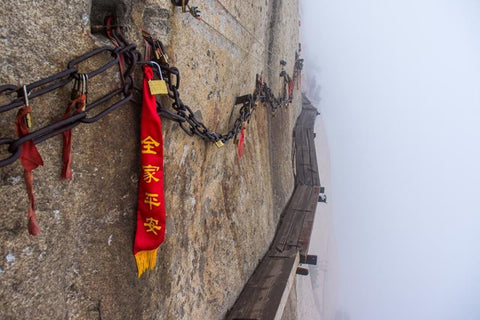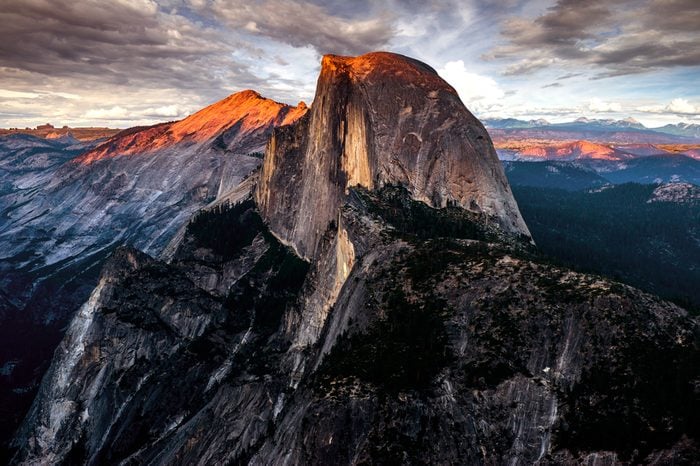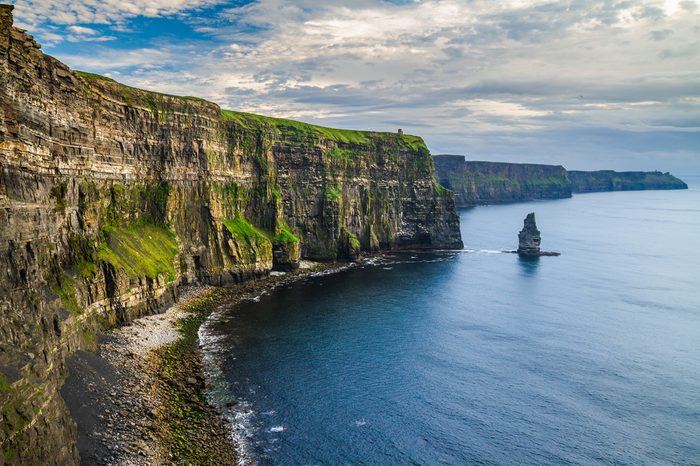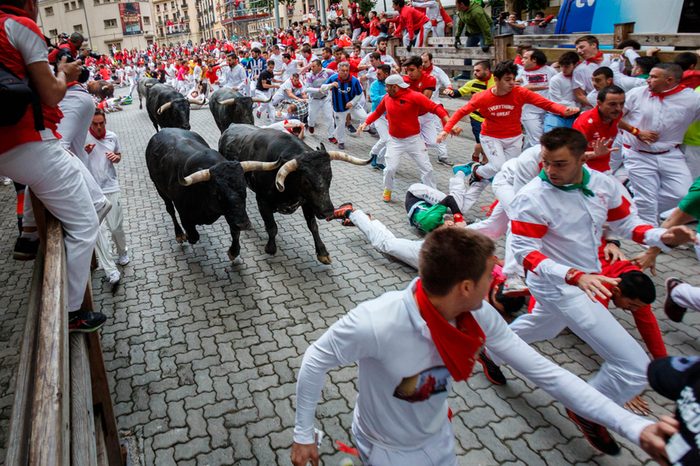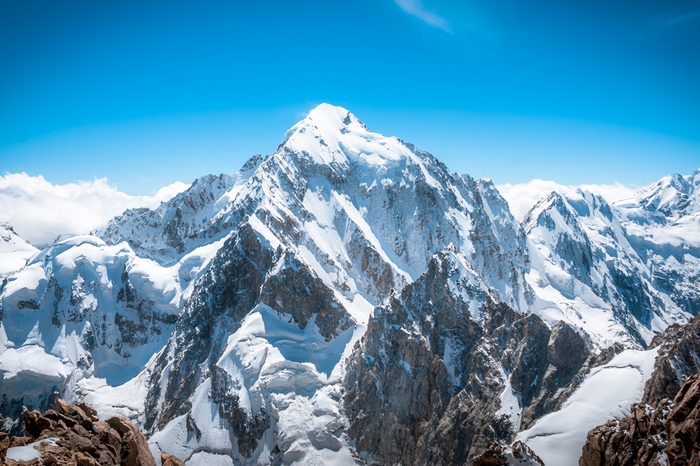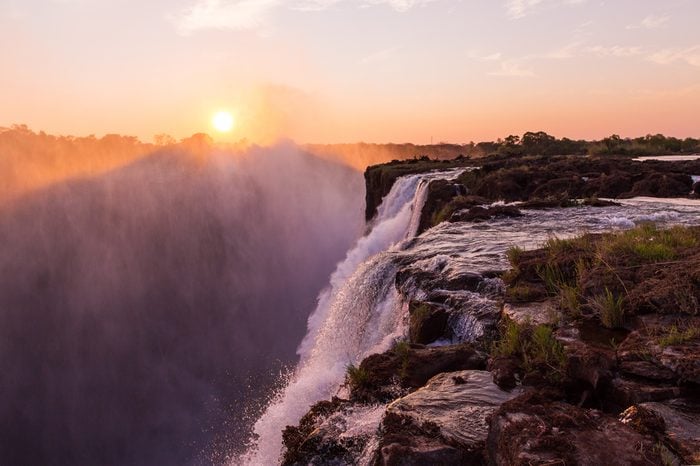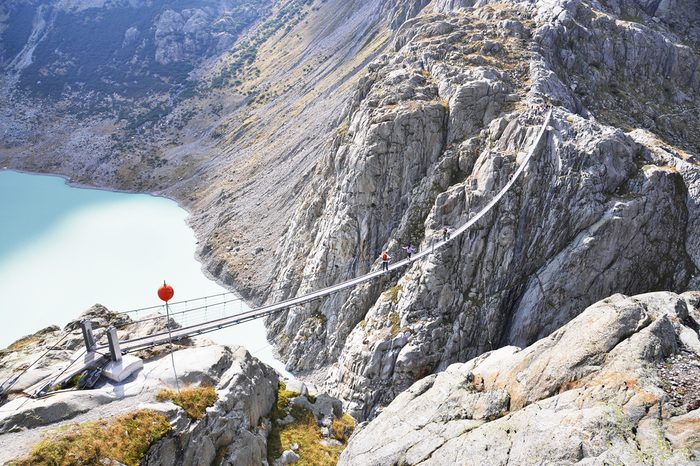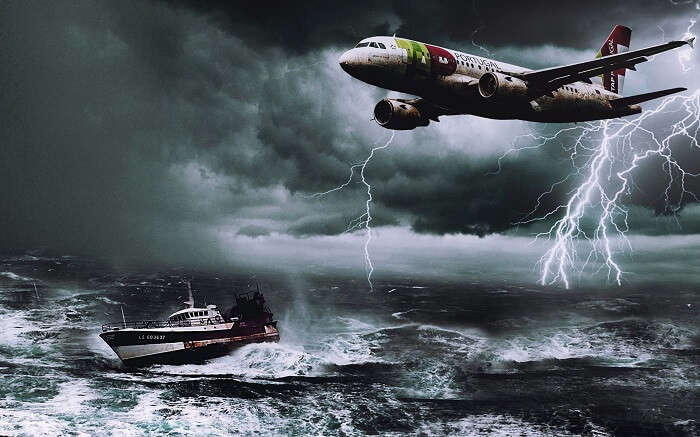There are bridges all over the world, some old, some well-built, some improvised using whatever would fit the bill and on hand. All the bridges have the same goal, which is to connect two points above the void. Some bridges are the only means of access, and it takes a good deal of courage to cross them.
With steep inclines, frightening heights, these are some of the most dangerous bridges in the world.
1- HUSSAINI HANGING BRIDGE, PAKISTAN

The Hussaini Hanging Bridge is in the Gilgit-Baltistan area of Pakistan, hanging at a height of 2,600 m (100 ft) and is 194 m (635 ft) long.
The bridge was constructed between 1966 and 1977 to serve the villages around the Hunza valley but has become a tourist attraction.
It was built by the residents of the village using ropes and planks from the surrounding area after the previous bridge washed away in a flood.
The stability of this suspension bridge is questionable, and there are numerous spaces on the bridge’s floor, making it unsafe to walk on while crossing the Hunza River.
2- LIVING ROOT BRIDGES OF MEGHALAYA, INDIA

They are made from the aerial roots of the Indian rubber tree by the Khasi and Jaintia tribes, who reside on both sides of the river.
The roots of these trees are wrapped around a framework of bamboo or palm stems and guided across the river, where they are placed into the earth.
Living root bridges can grow to be over 20 m (66 ft) long and are unsafe to walk on due to their slippery nature, yet they are stable constructions that last a long time thanks to the regenerating ability of the trees.
3- HANGING BRIDGE OF GHASA, NEPAL
The Ghasa Hanging Bridge is a long suspension bridge in the town of Ghasa, Nepal.
The 443-ft (135 m) high and 1,128-ft (343 m) long bridge is mostly used to transport animals from one side to the other.
The primary purpose of the bridge was to reduce traffic congestion caused by livestock on the highways.
4- U BEIN BRIDGE, MYANMAR

The bridge, which was built in 1851, has 1,086 teakwood pillars that extend out into the lake and is considered the oldest and longest teakwood bridge in the world.
Although the bridge is largely intact, the teakwood pillars are steadily decaying, and there are fears that it will collapse one day if repairs are not made.
Despite the deteriorating state of this bridge, it is an awesome sight when the sun sets behind it and casts its golden light over the lake.
5- MONKEY BRIDGES, VIETNAM










